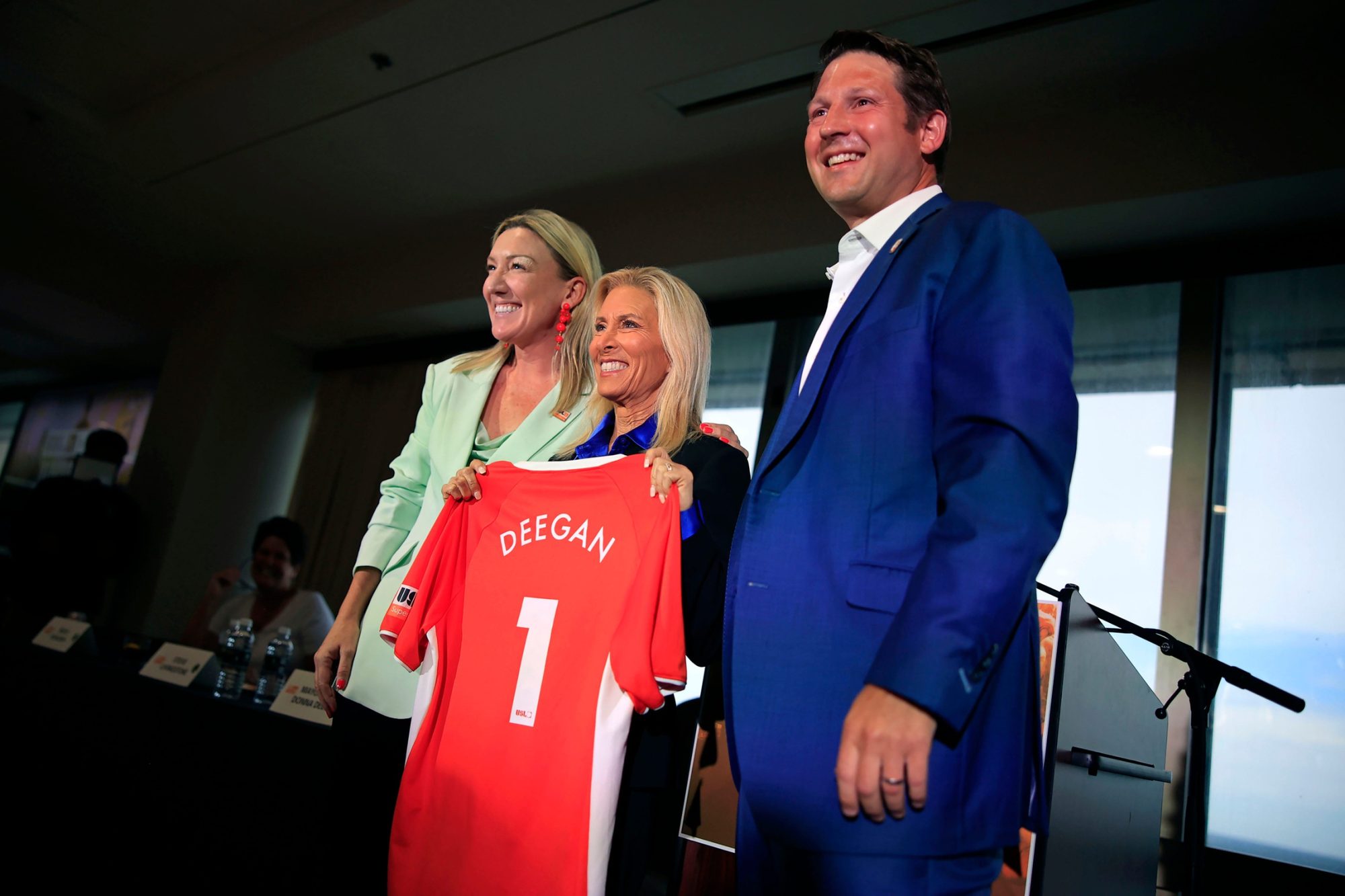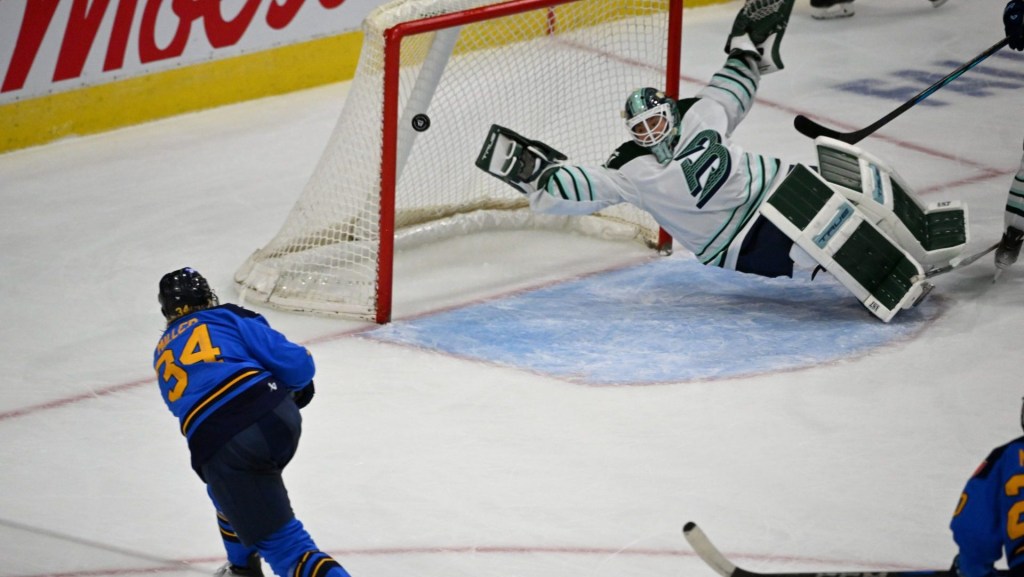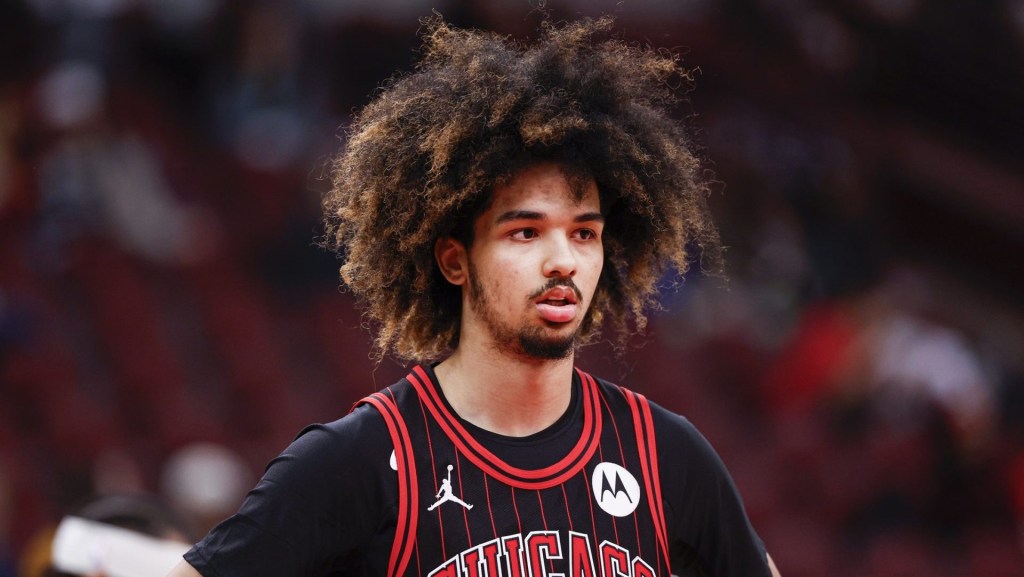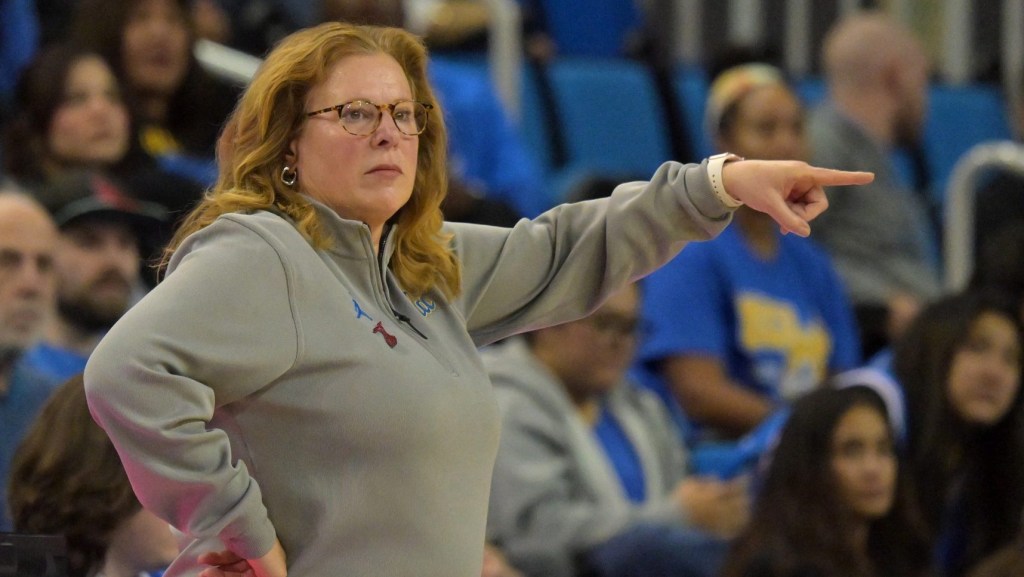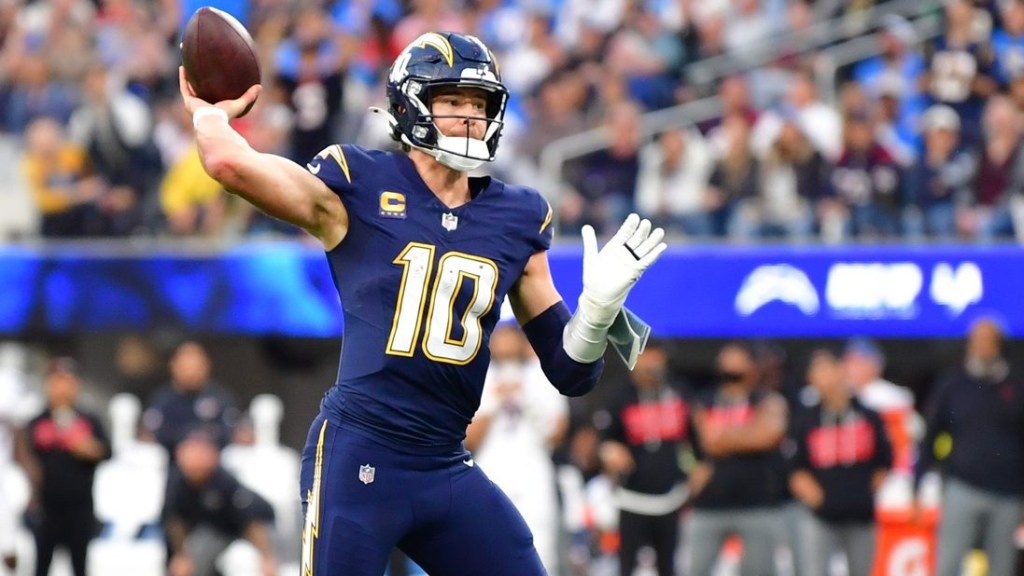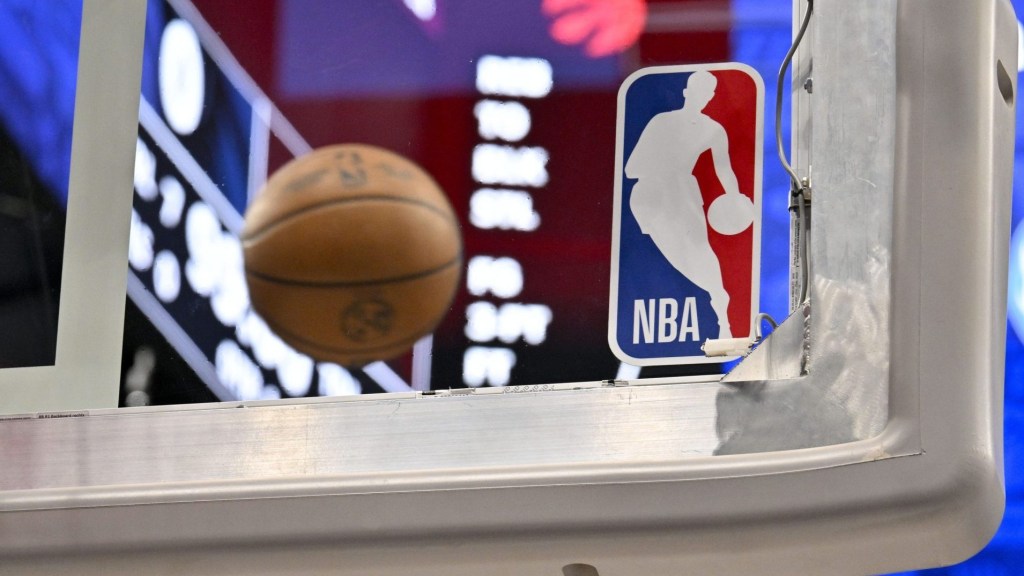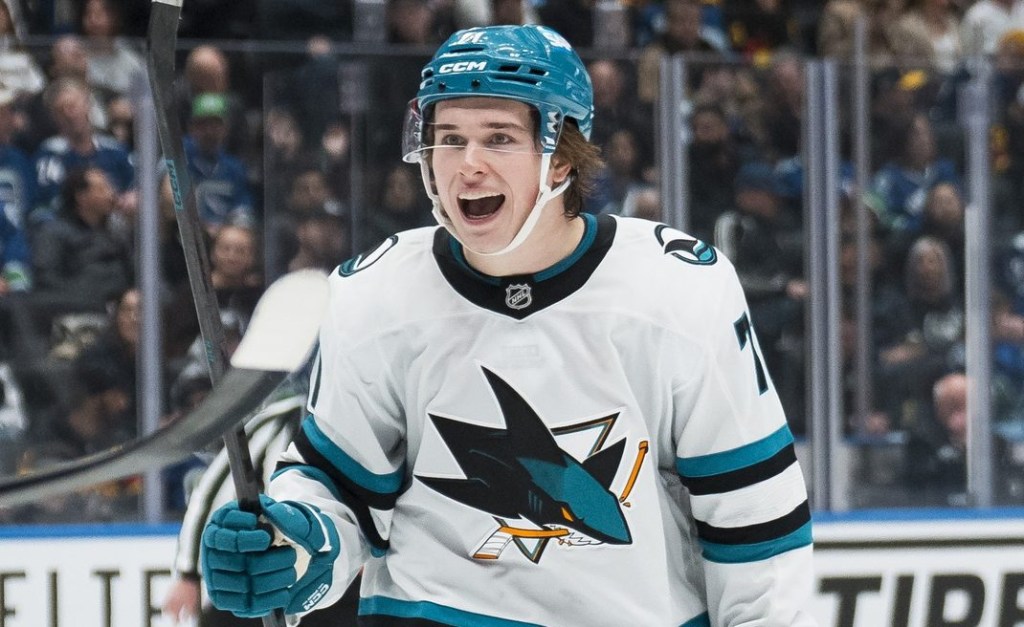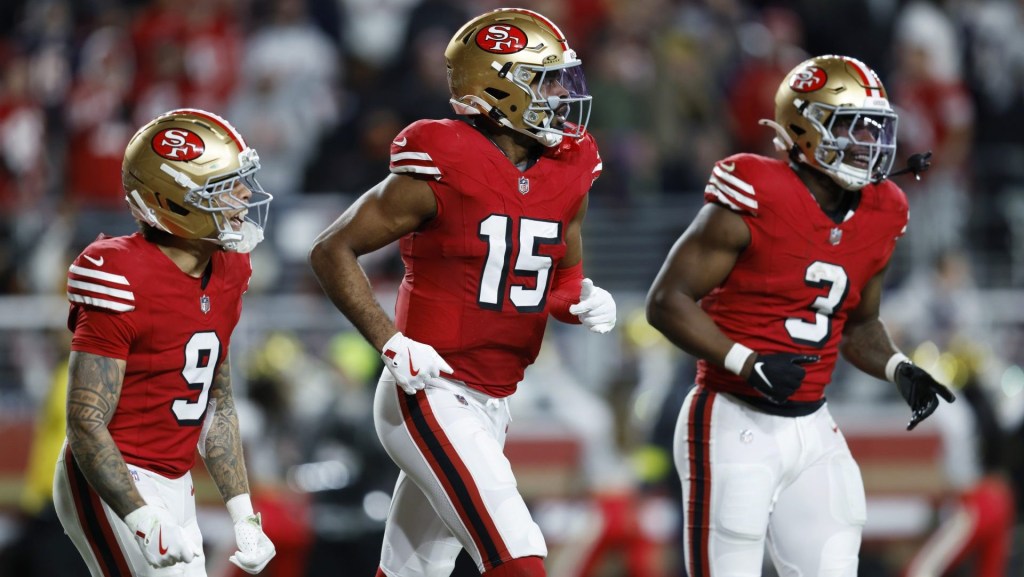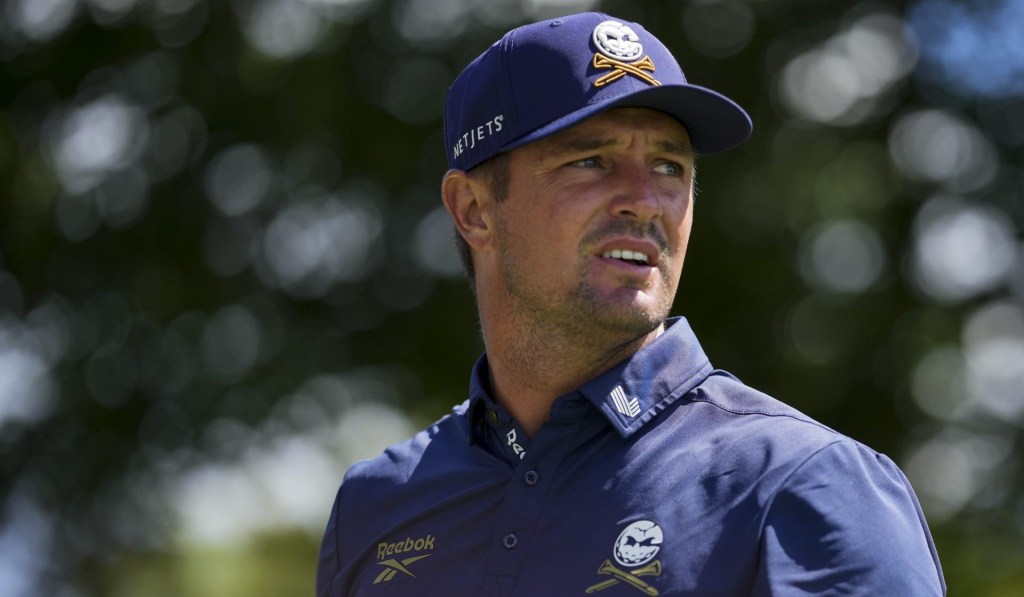The NWSL begins its new season in less than three weeks, fresh off record attendance last year and landmark $240 million media rights deals. It’s a monumental time for women’s soccer—so much so that another professional league is getting ready to launch.
But does that make sense? Is there enough room for two top-tier women’s competitions?
Since its 2012 founding, the NWSL has steadily captured the attention of new fans. This season, two expansion franchises in Utah and the Bay Area are launching, with the latter paying north of $50 million for a spot in the league, which plans to grow to 16 clubs by ’26.
Now, enter the USL Super League.
Just over two weeks ago, the league announced its intentions to compete at the highest level of professional women’s soccer, after the U.S. Soccer Federation gave it Division I status. To earn that distinction, 75% of its teams must play in major metropolitan markets (population of 750,000 or more) and stadiums have to fit at least 5,000 fans. The USL Super League checked those boxes and joined NWSL atop the women’s soccer pyramid.
Set to debut in August, the league will differentiate itself from the NWSL’s March-November schedule by running on international soccer’s traditional fall-to-spring calendar. Eight founding teams will be based in Brooklyn, Charlotte, Dallas–Fort Worth, Fort Lauderdale, Lexington, Spokane, Tampa Bay, and Washington, D.C. A complete schedule, broadcast partners, and player salary details have yet to be announced.
In the meantime, the biggest question is: Can this work?
Two Is Better Than One?
So far, league leaders are playing nice.
“We congratulate the USL in their efforts to launch a professional league,” the NWSL said in a statement. “As the most competitive women’s league in the world, there are limited roster spots available in the NWSL. More opportunities to compete professionally is a good thing and we’re interested to see how a new league might contribute to the continued growth of our game.” I.e., we’re the top dog and not too concerned about this right now.
When asked about the NWSL during a recent conference call, USL Super League president Amanda Vandervort (above, left) said: “We’re excited about where they are in their growth and development. And we’re excited to join the movement of women’s professional soccer. We’ve been really public about the opportunity to potentially have a U.S. Open Cup or create some sort of competition.” Makes sense. Of course, putting itself on equal footing with the NWSL is a good strategy for the USL.
Clearly, neither league wants to come out and wage war against the other. And maybe they don’t have to. “I don’t expect that they’re trying to alienate anyone,” Kanika Corley, an Akerman LLP lawyer focused on sports and private equity, says of the USL. “Because they have to rely upon the strength of, and they have to champion [the] NWSL in order to get those fans to continue to carry over.”
Corley thinks there’s not only enough talent to supply two women’s leagues but also interested investors who may be intrigued by “easier in-the-door opportunities” with USL franchises at a lower buy-in value.
Too Early for Merger Talk?
Disjointedness has recently plagued some women’s sports—take hockey, for example. The NHL wouldn’t fully back the Premier Hockey Federation or the Professional Women’s Hockey Players Association until they merged and the PWHL was formed. Now with NHL approval, that league continues to set new attendance records.
That doesn’t mean the USL is simply looking to force a merger with the NWSL, though. “From a legal perspective, it would be a bad idea if the goal ultimately was to undermine competition because then you’re just going to find yourself being challenged by the DOJ for potential antitrust issues,” Corley tells Front Office Sports.
One USL club leader thinks the new league can fill an important void in pro women’s soccer. “Business model–wise, I don’t think it’s sustainable for a league like the NWSL to pop up at 28 teams,” says Deon Graham, the cofounder and CEO of USL’s Fort Lauderdale team. “So, us coming in and having another foundation of play gives the younger player more opportunities to see the field and develop.”
Graham tells FOS that most pro teams in South Florida—including Lionel Messi’s Inter Miami—have already expressed a willingness to collaborate, before the USL team even hits the pitch. Support like that will be key for the league as it gets off the ground and looks to find its footing alongside the NWSL.
